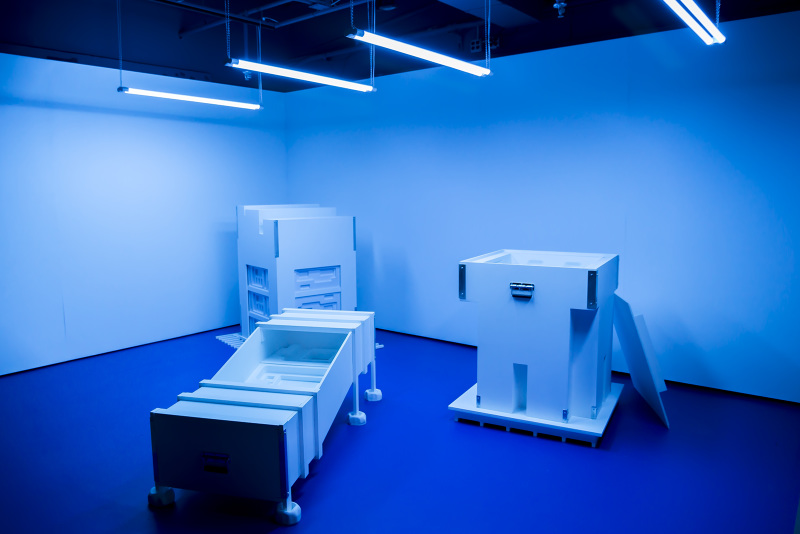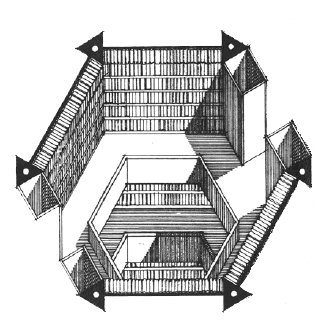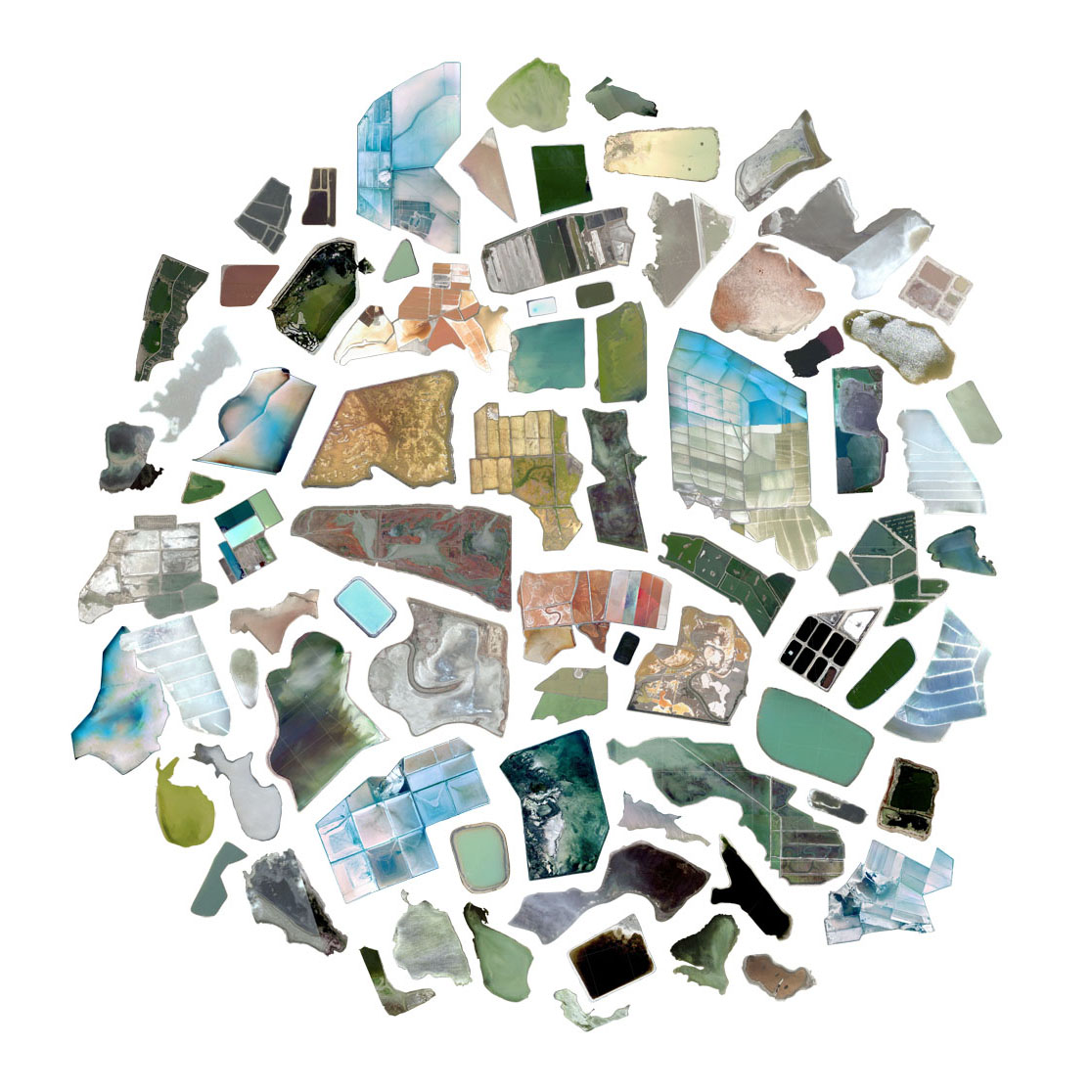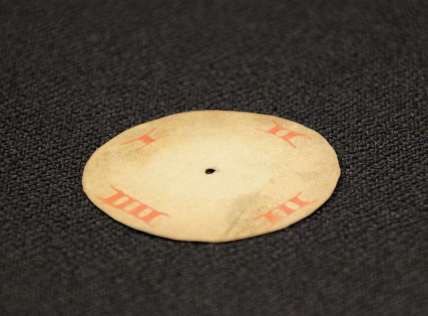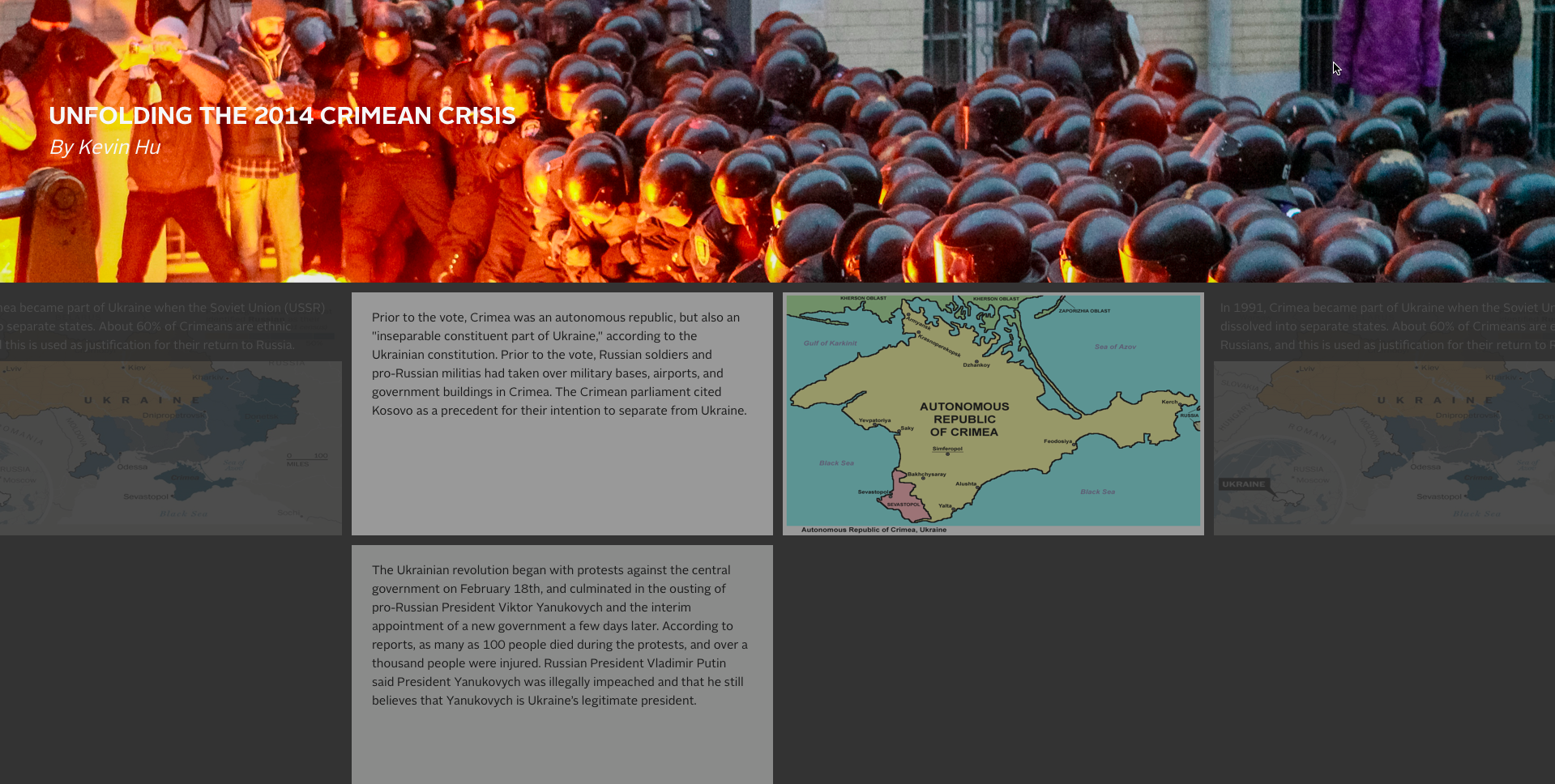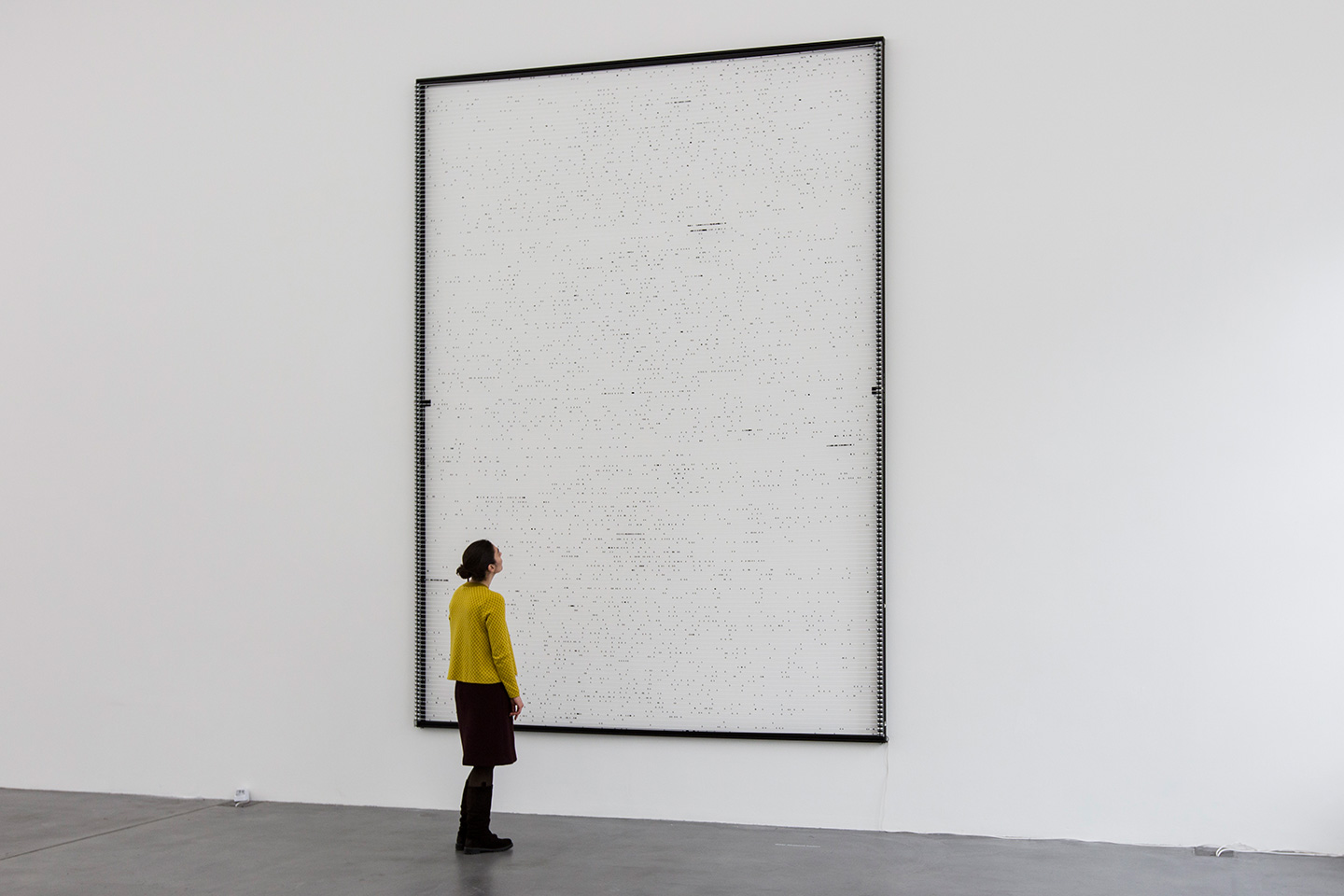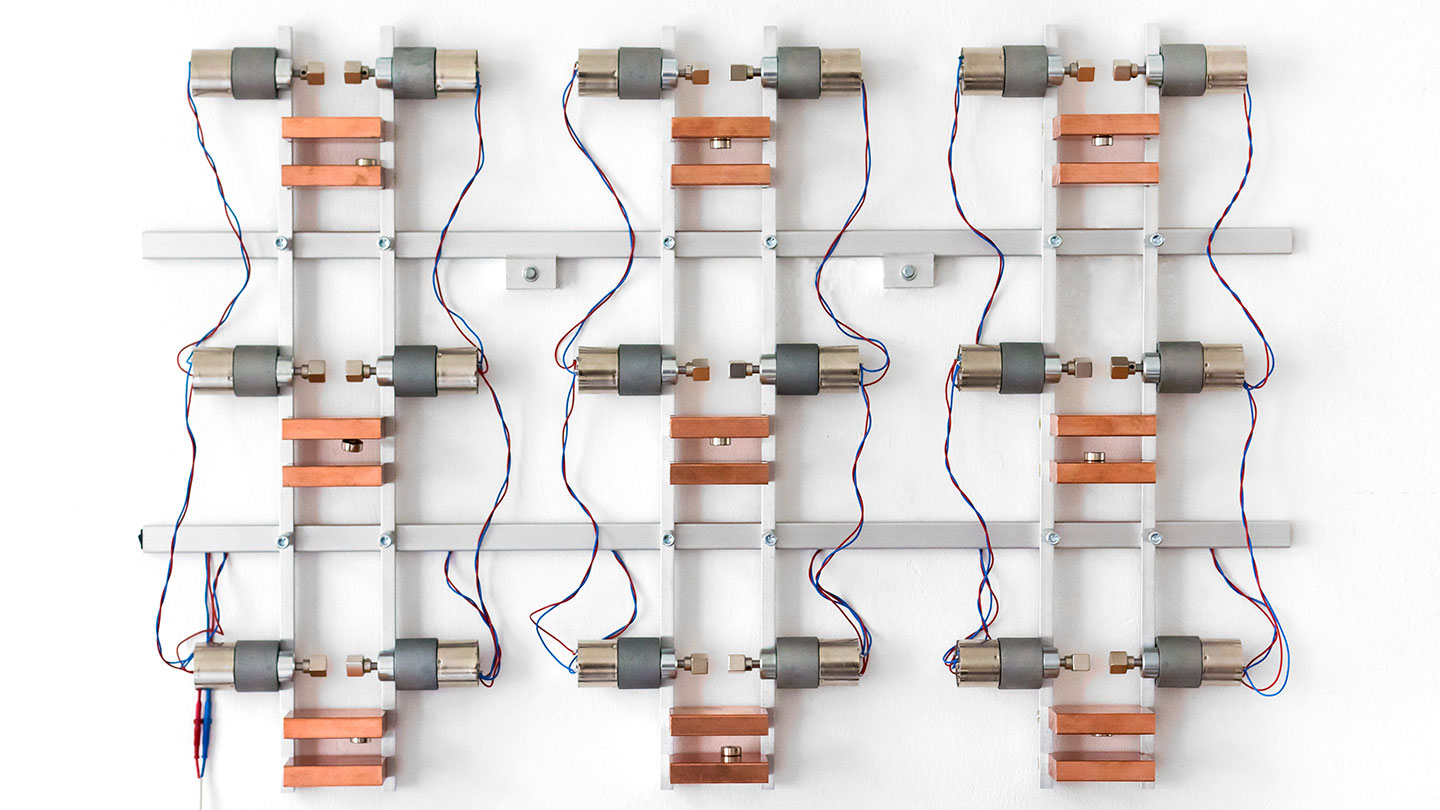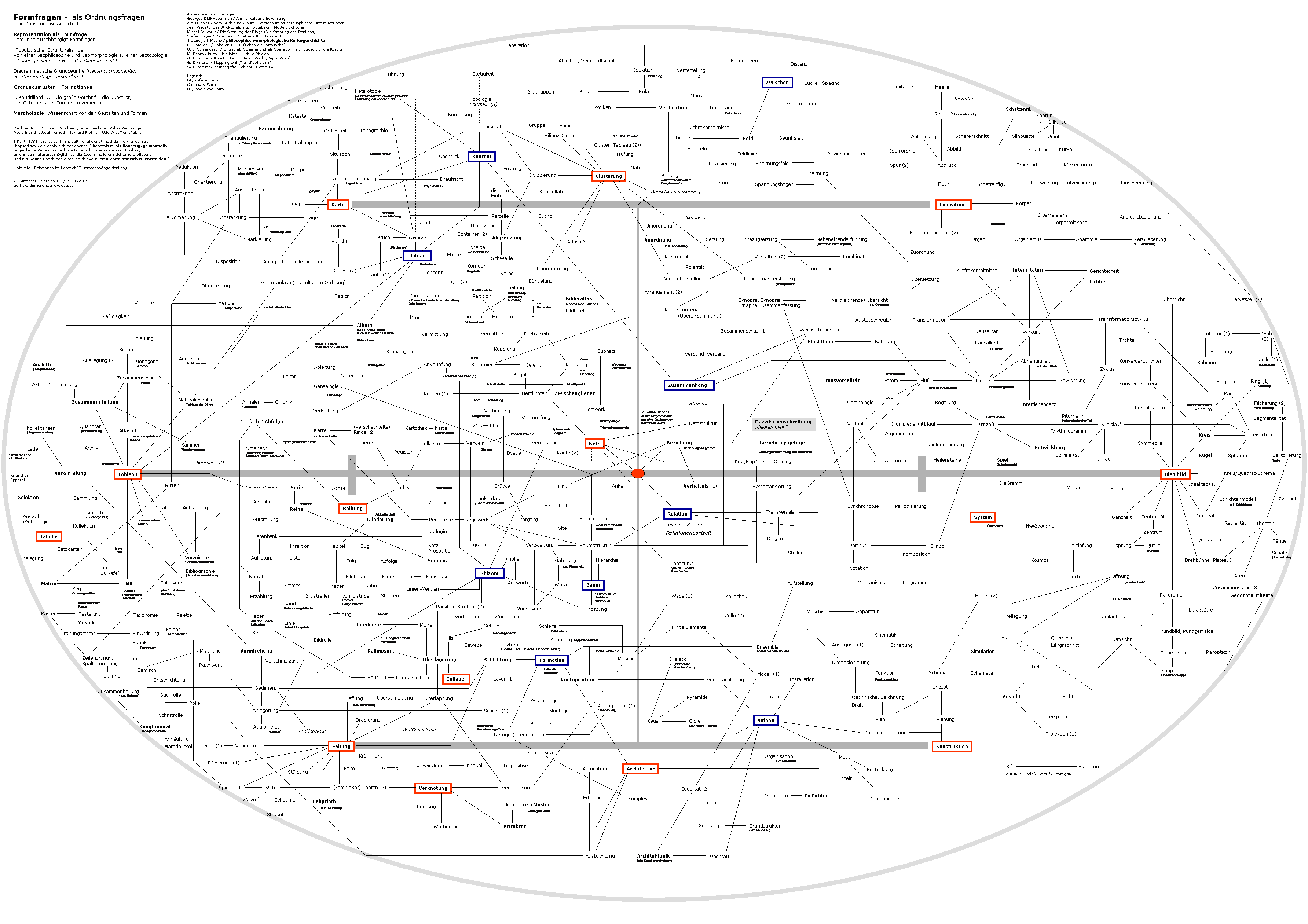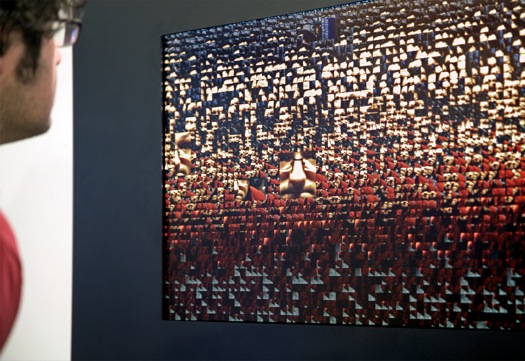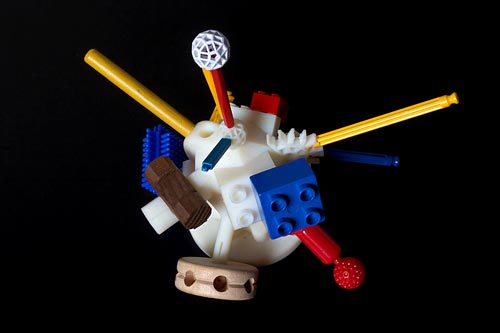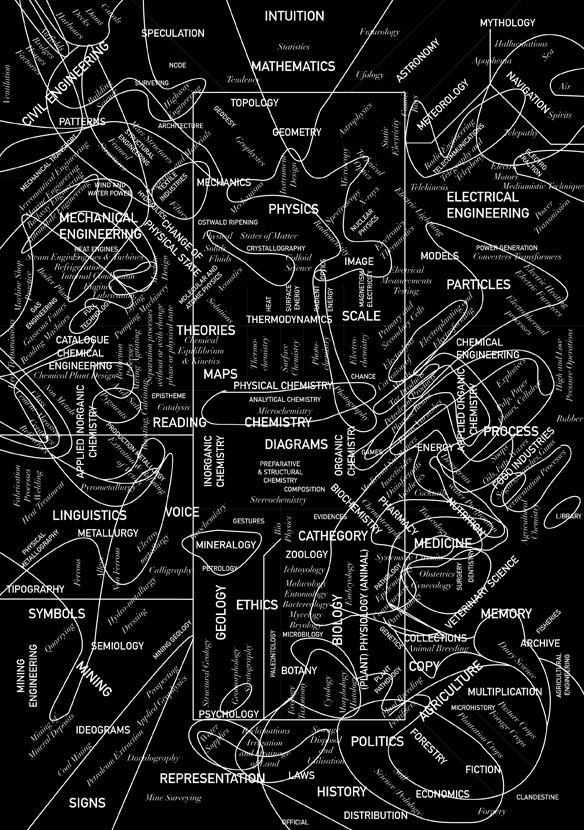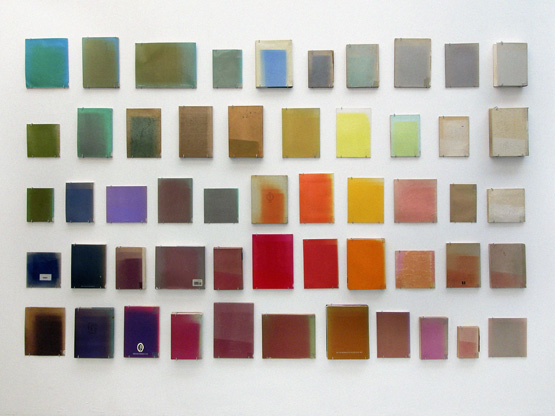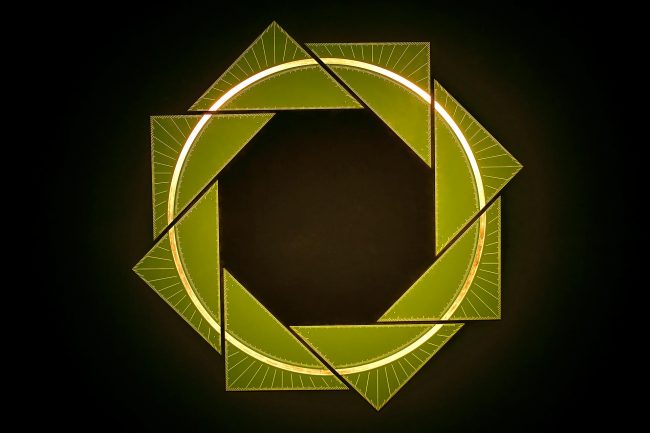Other Orders / Sam Lavigne
“Other Orders is a tool for sorting text and tweets.
Recommendation engines like the ones powering the endless feeds on Twitter, Facebook and YouTube, are designed to maximize ad revenue, and therefore to keep you online for as long as possible. In doing so they promote the most reactionary content on their platforms. Yet, these recommendation systems are nothing more than sorting mechanisms.
Other Orders provides an alternate set of sorts, optimized for other outcomes.”
